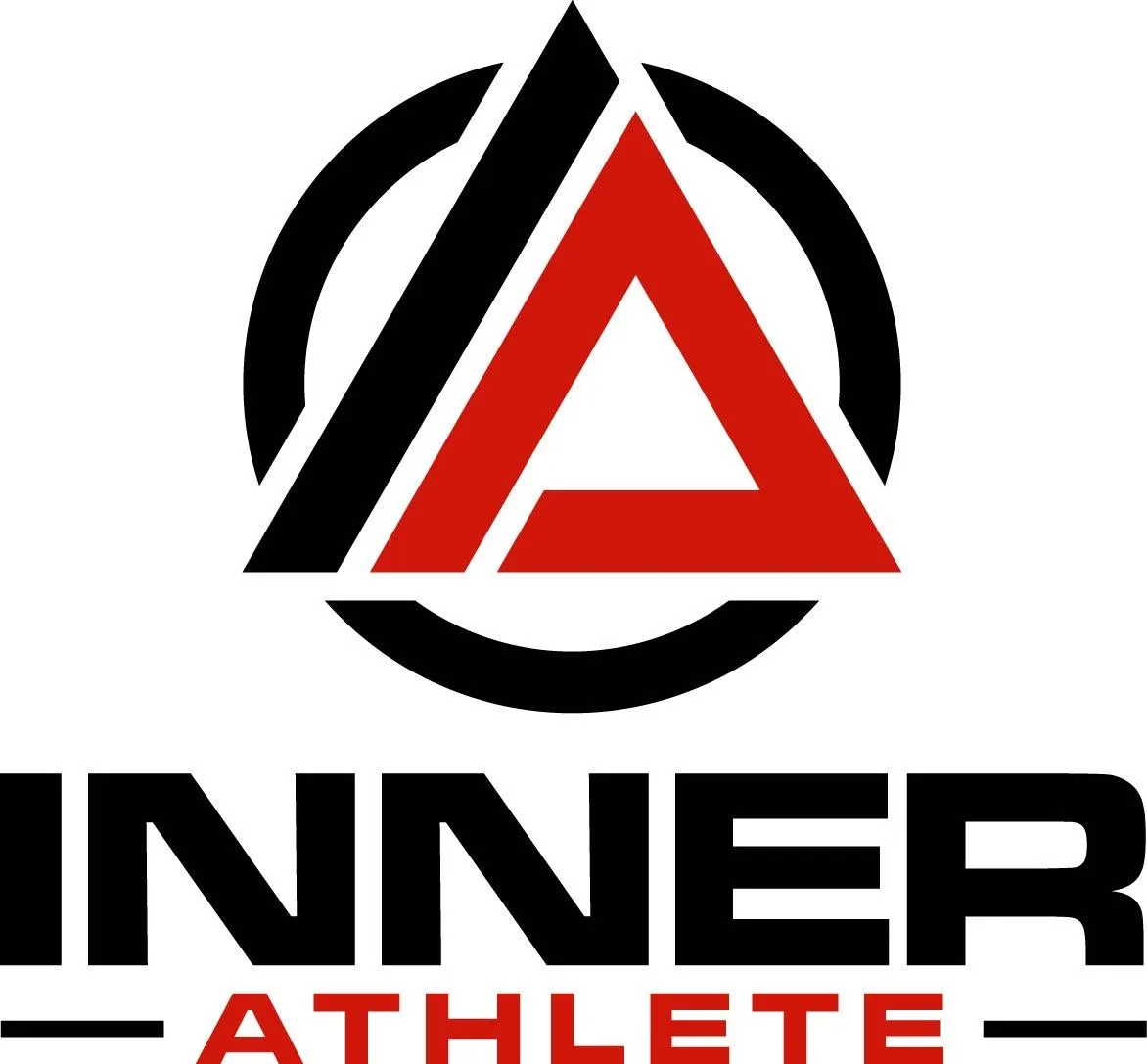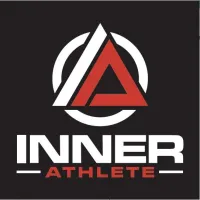UNIT 13, 49 GRANGE ROAD, CHELTENHAM, MELBOURNE, VICTORIA, 3192
Inner Athlete Blog

Early Specialisation and Overuse Injuries
FACT: 50% of sport related injuries that occur among youth are a result from overuse
We wanted to share some insights on what we are seeing far too often while working with young athletes. That is overtraining and overuse injuries are way to prevalent in sport. In fact, 50% of sport related injuries that occur among the youth are a result from overuse.
This means that 50% of young athletes are getting sport related injuries due to overuse of sport related movements. These high volume, high intensity, and repetitive movements are causing wear and tear in young athlete's tendons, ligaments, muscles and even bones. We have seen this way to often and it's really frustrating because this can be avoided.
We thought that this would be a good opportunity to share 5 tips from leading sports scientists and researchers, and what they recommend young athletes, sport coaches and parents to do to ensure they decrease the chances of overuse injuries occurring in our youth.
Tip #1 Young athletes should play multiple different sports throughout the year to develop various athletic movements and muscle groups
This means that if you play multiple different sports throughout the year, you'll be exposed to so many different movements and that are specific to each sport, so basketball will require different physical demands to football, and football will have different physical demands to volleyball, and volleyball will have different demands to track and field, and so on. Exposing the athlete to multiple different sports will positively affect the young athlete's overall physical abilities and athletic potential.
Tip #2 Avoid early specialisation of one sport
What do we mean by this? Well for example, focusing on 1 single sport from as young as 8 years old to 18 years old, training 10 years straight and all year round can have negative effects on your sport performance, physical development and skills acquisition. Unfortunately, these types of young athletes are not exposed to multiple different movements or muscle groups. These repetitive actions can lead to overuse injuries and burnout.
Studies have actually shown that early specialisation in sports are NOT a major predictor of young athletes making professional sport in adulthood. This is mainly due to the high amount of specific movements repeated over a long duration of time and at high performance. They are missing out on developing other athletic qualities or skills. Which is why young athletes exposed to multiple different sports throughout their developing years are shown to have much higher chance of being successful athlete and making professional sport.
Tip #3 Keep in mind that youth athletes are still growing and developing
This is a very important point for fitness and professionals, sport coaches and parents. Do not expose young athletes to adult training volumes and intensities. Unfortunately, some youth sport systems expose young athletes to adult training volumes and ignore that youth development is built on a constantly change base of normal growth and development. What happened to just letting the kids have fun and encouraging unstructured free play? Let kids explore each sport and not have to practice one set of skills over and over with high intensity and volume, and causing overuse injuries.
Tip #4 Young athletes require lower training volume and plenty of time for recovery and natural growth processes
As mentioned before, we need to understand this process of development and its implications for exercise among young athletes. They do not have the physical capabilities of a full grown adult. Their physiological systems are still developing, so this needs to be considered.
Tip #5 Youth athletes should participate in a structured strength training and athletic development program following the Long Term Athletic Development model
Physical activity and training during the growing years can positively influence physical fitness and well being. Strength training for instance has been shown not only to increase strength but also improve fundamental movements, such as running, jumping, throwing, catching and kicking The Long Term Athletic Development model also ensures that these fundamentals are developed progressively, emphasising on quality technique and movement. It is important that we address the human 1st and the athlete 2nd.
Following these 5 steps will ensure young athletes avoid overuse injuries and ensure they can put the steps in place to positively influence optimal physical development and set up our youth for future success in their sporting endeavours and overall well being.
If you would like support with your young athlete, contact us today to discover how we can help your child.
Nathan Palenkas
Youth Fitness Specialist
Inner Athlete
Book A Free Discovery Call
By providing your number you consent to receive marketing/promotional/motification messages from Inner Athlete. Opt-out anytime by replying STOP. Msg & Data rates may apply
Apply Today
Lorem ipsum dolor sit amet, consectetur adipiscing elit, sed do eiusmod
STEP 1
Submit Your Application
Lorem ipsum dolor sit amet, consect adipiscing elit, sed do eiusmod tempor incididunt ut labore et dolore
STEP 2
Go Through The Interview Process
Lorem ipsum dolor sit amet, consect adipiscing elit, sed do eiusmod tempor incididunt ut labore et dolore
STEP 3
Start Coaching
Lorem ipsum dolor sit amet, consect adipiscing elit, sed do eiusmod tempor incididunt ut labore et dolore
Contact Us
Email
[email protected]
Address
13/49 Grange Rd, Cheltenham 3192 (opp. DFO)
Phone 0483 956 560
Follow Us

